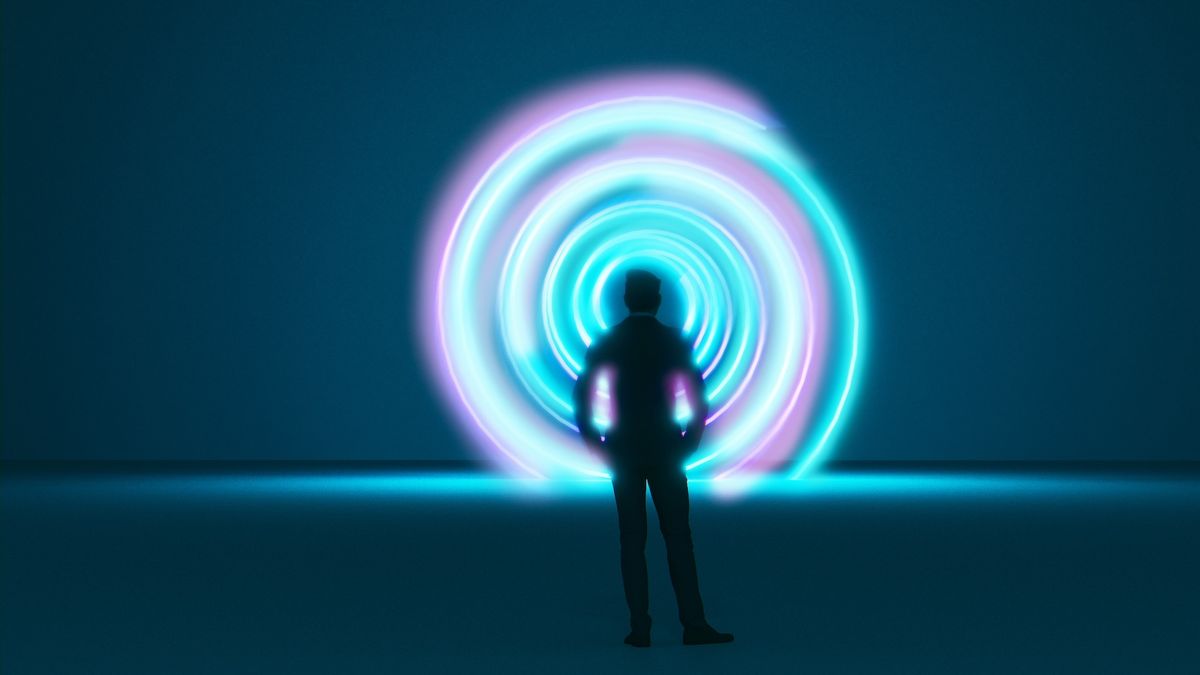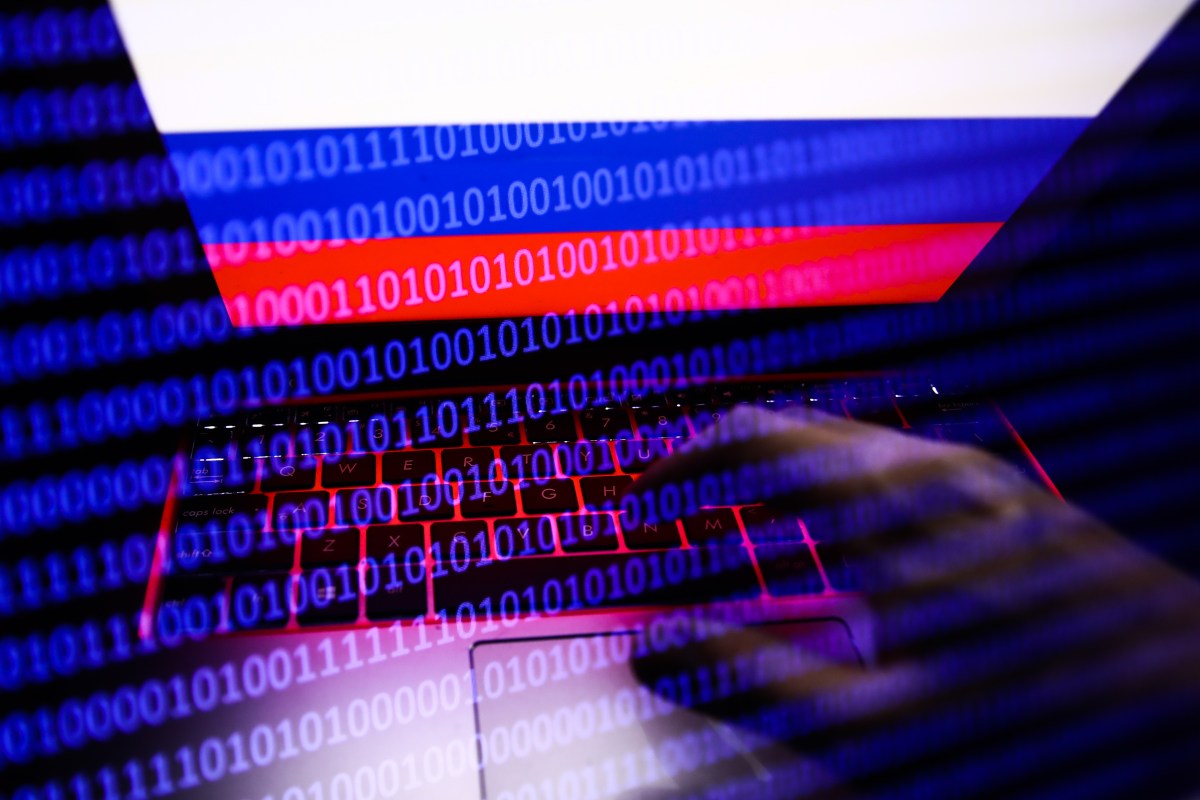
Scientists have taken a big step forward in precision timekeeping by developing a safer and more affordable way to build nuclear clocks.
These advanced clocks, which use energy transitions in atomic nuclei instead of electronic transitions, could one day surpass the accuracy of current atomic clocks, opening up new possibilities for science and technology.
However, building nuclear clocks has been a challenge. The isotope thorium-229, crucial for these clocks, is rare, radioactive, and expensive.
Researchers led by Jun Ye at JILA and the University of Colorado Boulder, in collaboration with UCLA’s Eric Hudson, have found a way to overcome these obstacles by creating thin films of thorium tetrafluoride (ThF₄).
Their findings, published in Nature, pave the way for nuclear clocks that are 1,000 times less radioactive and much more cost-effective.
What are nuclear clocks?
Unlike atomic clocks, which measure time using the transitions of electrons, nuclear clocks rely on transitions in an atom’s nucleus.
These nuclear transitions are less affected by external forces, making nuclear clocks potentially more accurate and stable. This precision could lead to advances in navigation, telecommunications, and even fundamental physics.
But creating nuclear clocks has been a costly and hazardous process. Thorium-229 is difficult to obtain and poses radiation safety challenges, as previous methods required large amounts of the isotope.
The researchers solved this problem by using a technique called physical vapor deposition (PVD) to create thin films of thorium tetrafluoride. In this method, thorium fluoride is heated in a vacuum chamber until it turns into vapor. The vapor then condenses on a substrate, forming a thin, even layer just 100 nanometers thick—thinner than a human hair.
This method uses only micrograms of thorium-229, drastically reducing radiation levels and costs. The researchers used sapphire and magnesium fluoride as substrates because they are transparent to ultraviolet light, which is used to excite the nuclear transitions.
The result was a dense but less radioactive thin film with active thorium nuclei, ready for testing.
One challenge with thin films is that the environment of each thorium atom varies slightly, unlike in a crystal where atoms are uniformly arranged. These variations can shift energy transitions, making them less consistent.
To address this, the team worked with UCLA researchers, who used a powerful laser with a broad spectral width to excite the thorium nuclei. When the laser’s energy matched the required transition energy, the nuclei emitted photons as they returned to their original state. This confirmed the thin film’s ability to support nuclear excitations and its potential as a frequency reference for nuclear clocks.
“It was exciting to see the nuclear decay signal actually there,” said JILA graduate student Tian Ooi.
The thin-film approach marks a new chapter in nuclear timekeeping. Traditional methods rely on ion traps, which can hold only a limited number of atoms. Thin films, on the other hand, can contain vastly more atoms, improving clock stability and performance.
This innovation could also make nuclear clocks more compact and portable. While wristwatch-sized nuclear clocks are still a long way off, the technology has the potential to revolutionize sectors that depend on precise timing, from space exploration to financial transactions.
The researchers are optimistic about what this breakthrough means for science and technology.
“Imagine something you can wear on your wrist,” Ooi said. “You can imagine miniaturizing everything to that level in the far, far future.”
In addition to practical applications, nuclear clocks could help scientists explore new physics. By pushing the boundaries of precision, they might uncover unknown aspects of the universe, such as dark matter or quantum gravity.
“This is just the beginning,” said JILA graduate student Jack Doyle. “If we’re lucky, these clocks could tell us something completely new about how the universe works.”
This thin-film advancement brings us closer to realizing the full potential of nuclear clocks: safer, more accessible, and capable of redefining how we measure time.
Source: KSR.









Leave a Comment